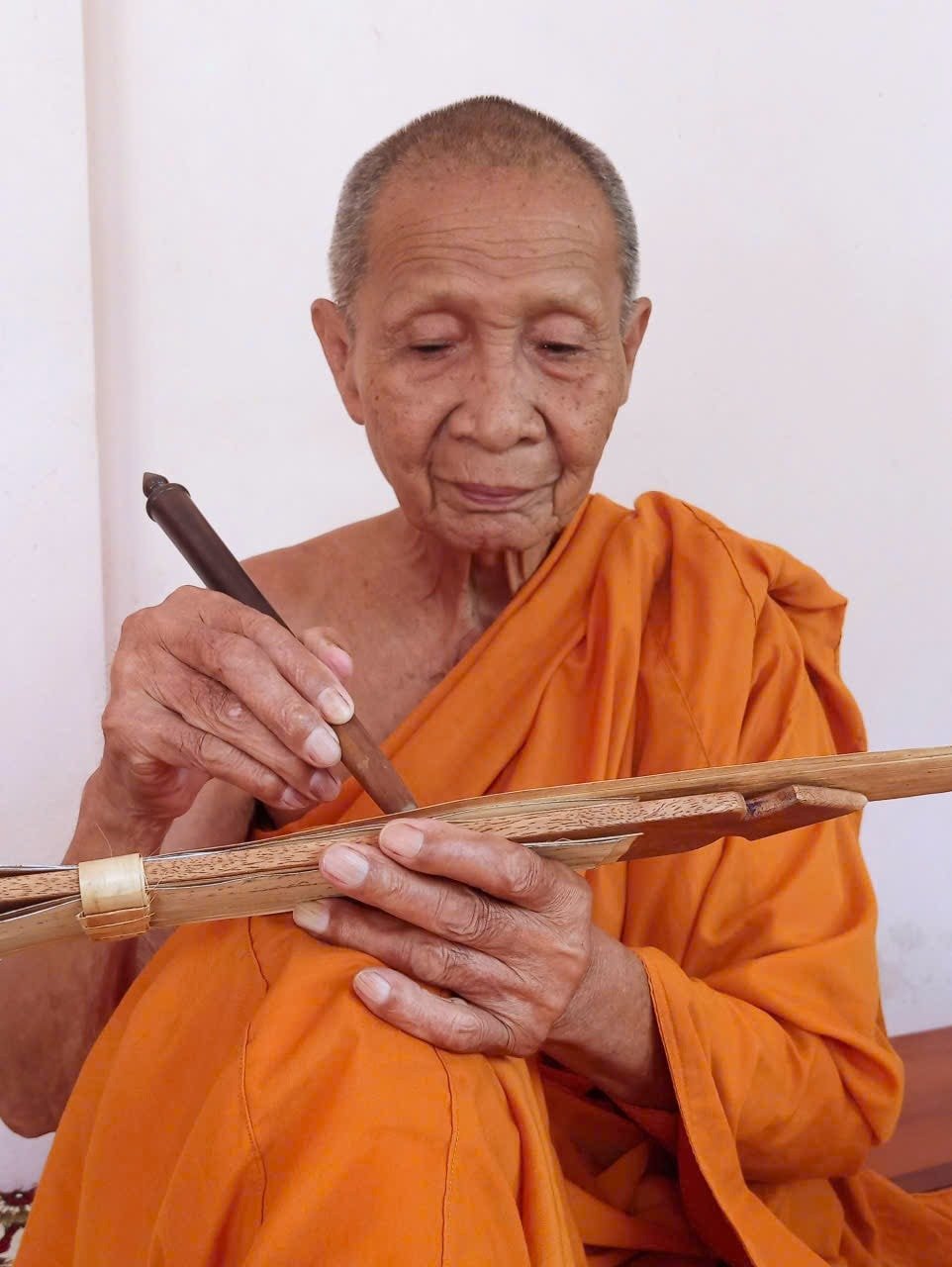
The ancient temple contains the most palm-leaf sutras
Wandering around the grounds of Xvay Ton Pagoda, built in the late 17th century, one early autumn morning, I suddenly thought of the palm-leaf sutras that have been passed down for a long time but that I have not had the chance to see with my own eyes.
So I got acquainted and told the temple keeper named Chau Thonh that this was the third time I had come here but had not yet seen this unique, "rare and hard to find" folk knowledge.
Mr. Chau Thonh nodded and led us into the worship room with golden Buddha statues of various shapes and shimmering colored lights.
But that's not what caught my eye, but the humble wooden cabinet in the corner, where the yellow or brown leaves of the palm trees were tied into bundles and neatly arranged.
Mr. Chau Thonh gently took out a set of sutras for me to touch and see with my own eyes the ancient Pali and Khmer inscriptions carved into the leaves, submerged in time for hundreds of years.
How many millions of years have passed since humans began to express their thoughts and words in symbols on the ground, rocks, and caves? Until now, we still don't know exactly.
But those hundreds of years old squiggly characters on the leaves fascinate me strangely.
There, one could hear the sound of bare footsteps of missionaries spreading from India to Southeast Asia thousands of years ago; along with that was the soft sound of turning leaves and the solemn, mysterious whispering of sutras.
Then on that journey, in the 19th century, according to Theravada Buddhism, palm-leaf sutras came to the Khmer community in the South until today...
In the quiet space, Mr. Chau Thonh said, Xvay Ton is the oldest pagoda in this Tri Ton area, built in 1696, with a simple thatched roof and wooden walls; only 200 years later was it restored and upgraded to a pagoda built with bricks, tiles, and wooden pillars according to Southern Khmer architecture; recognized as a national architectural and artistic relic in 1986.
In the fierce war zone through two resistance wars against colonialism and Western imperialism, the pagoda stood firm and was not destroyed, so it became a sacred and safe place to store palm-leaf sutras. Later, in 2006, the Vietnam Record Book Center recognized this as the pagoda storing the most palm-leaf sutras in Vietnam.
According to a study by authors Nguyen Van Lung and Nguyen Thi Tam Anh ( Ho Chi Minh City Open University) published in 2021, Xvay Ton pagoda preserves 98 sets with about 320 palm-leaf sutras, out of a total of 170 sets with about 900 books in pagodas across An Giang province.
Buddhist scriptures and folk culture that have been passed down for generations in the Khmer community, accumulated and passed down through many generations, gather here as a natural destiny...
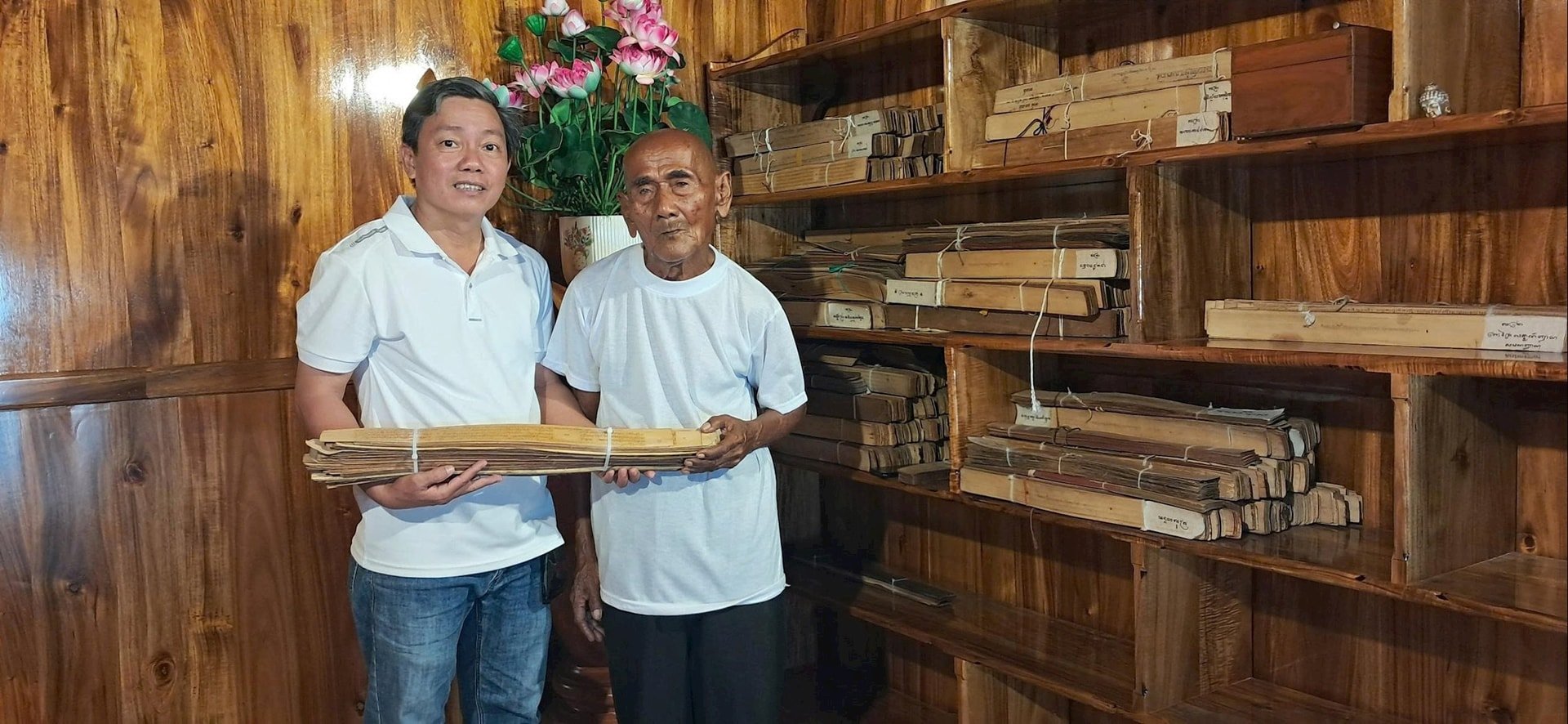
The monk who wrote the sutras is a People's Artist.
Mr. Chau Thonh said that the best and oldest monk who writes on palm leaves is Venerable Chau Ty, abbot of Soai So pagoda at the foot of To mountain. Soai So pagoda is located next to a field.
In the quiet autumn afternoon, a tanned boy rode his bike across the yard, asking the guest who he was looking for.
I asked if this was the temple where the abbot wrote the most sutras on palm leaves. The boy nodded and told us to wait.
Venerable Elder Chau Ty, in his yellow robe, waited for us under the temple porch, on a wooden bench that had turned a shiny color.
The Deputy Supreme Patriarch of the Vietnam Buddhist Sangha Council, over 80 years old, has a face that is ascetic but tolerant and kind.
After a few words, the monk told us to wait a moment, then called someone.
A moment later, a young man came, clasped his hands in prayer, and sat next to him to act as a narrator, because the Venerable was old and not very fluent in Buddhist scriptures.
The story goes back about 60 years ago, when Soai So Pagoda was still in To Mountain, Venerable Chau Ty, then in his twenties, was taught the skill of writing on palm leaves by his predecessors.
The talipot palm trees, which were then growing abundantly on To Mountain as well as along the Seven Mountains region of An Giang.
Venerable Chau Ty recalls: At that time, I was young and passionate about writing sutras. I was taught to be very eager to learn and practice writing; writing gradually became a habit.
Now my eyes are dim and my hands are shaking, so I can only teach and not directly write sutras on leaves anymore.
Through the story, we know that from that work of more than half a century, Venerable Chau Ty is recognized as the only People's Artist carving sutras on palm leaves in the Khmer monk community today.
To prevent this precious heritage from being lost, in addition to teaching monks in Soai So Pagoda, the Venerable opened the first class to teach writing sutras on leaves for young Khmer people in An Giang in 2014.
The feelings of a young "successor"…
Another coincidence for us is that one of the most "enlightened" successors of Venerable Chau Ty in writing on palm leaves, the young man Kim Somry Thi, is helping to lead this conversation.
Taking time for the monk to rest at noon, Somry Thi took us to his house in To Trung hamlet, Tri Ton commune.
Under the tree, on the stone table are half-written palm-leaf sutras.
Thirty-six years old, with more than ten years of practice at Soai So Pagoda, Somry Thi is immersed in Buddhist scriptures and the long-standing culture of the Khmer people.
Then he returned to life and took care of business, but he still maintained his passion for writing on palm leaves.
“To carve letters on leaves, one not only needs perseverance, patience and skillful skills, but also knowledge of ancient Pali and Khmer as well as Buddhist teachings.
Because when engraving, you cannot make a single mistake. If you make a mistake, you have to throw away the entire leaf and start over from the beginning," Somry Thi said while preparing a handful of palm leaves.
For him, writing sutras on palm leaves is as elaborate as carving words!
Continuing with the unfinished work, Somry Thi sat cross-legged on a chair, one hand holding a round wooden pen, about the size of a thumb, with a sharp needle attached to the tip, pushing the letters to run on the palm leaves stacked thickly on his knees.
After picking, the leaves are dried and processed through many stages, cut into pieces about 60cm long and 5cm wide, then clamped on a wooden bar to keep them straight and even.
After carving the words running from left to right, from top to bottom, Somry Thi took a cotton ball dipped in the black ink mixture prepared in a bowl, brushed it onto the leaf's surface, then wiped it off with a clean cloth.
Each line appears, neat and tidy.
Then he carefully applied kerosene evenly on both sides of the leaves, "to keep the leaves from being damaged by termites, insects, and over time," as he said.
Each palm leaf, after being engraved with words, is punched with holes, strung into sets, stored and used on special occasions.
Looking at the way Somry Thi meticulously and patiently carved each letter on the palm leaves, I suddenly asked: Why do we have to work so hard, and what is the point of carving when the application of technology in preserving and spreading writing in particular, and language in general, has made great strides in the 21st century?
The Khmer man did not answer the question directly, but said that the contents engraved on the palm leaves represent the teachings of Buddha, knowledge and folk culture such as folk tales, poems, folk songs... teaching people good things, which have been deeply ingrained in the blood and flesh of the Khmer people.
These palm-leaf sutras are carefully preserved and opened for preaching or recitation during major holidays such as Chol Chnam Thmay, Sen Don Ta Festival, Kathinat Robe Offering Festival and Ok Om Bok Festival, Flower Offering... every year.
Listening to Somry Thi, I imagined the hardships in preserving and promoting the precious traditional cultural heritage of the Khmer people in this place.
If the previous generation of monks like Venerable Chau Ty lived in the chaos of war, where preserving palm-leaf sutras was difficult, young people like Somry Thi today face the strong development of information technology and modern techniques while preserving and transmitting traditional handicraft values and the nation's long-standing cultural heritage.
On the way back, in the autumn afternoon sun of the remote border region, that concern still lingered in me, that those confrontations were not only with the Khmer youth and the story of carving sutras on palm leaves...
Source: https://baodanang.vn/giu-chu-tren-la-buong-3306701.html








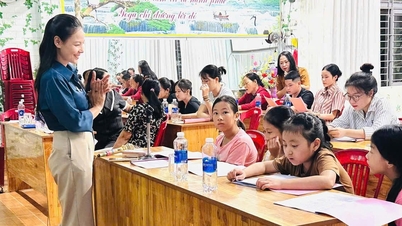
![[Photo] Impressions of the Can Gio Whale Festival](https://vphoto.vietnam.vn/thumb/402x226/vietnam/resource/IMAGE/2025/10/09/1759984089762_image12334-5642-jpg.webp)



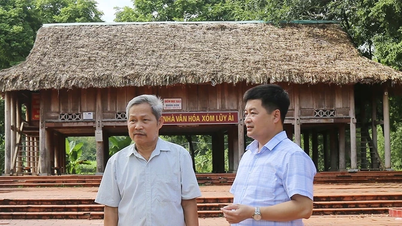

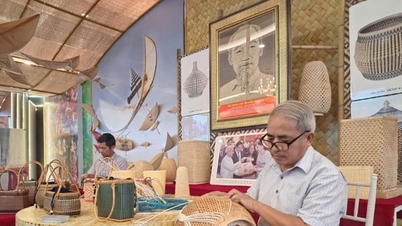

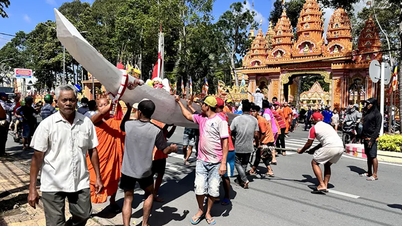

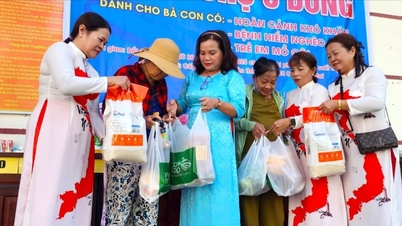

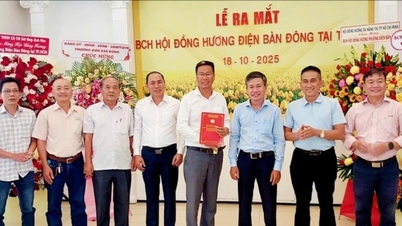


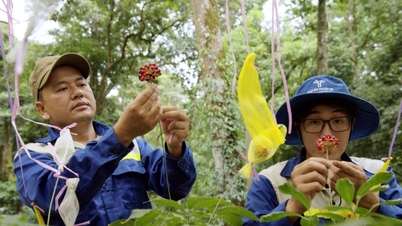
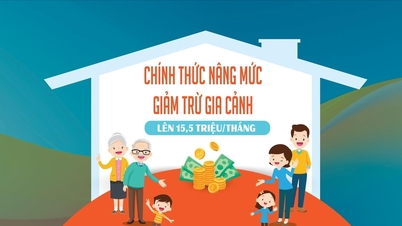




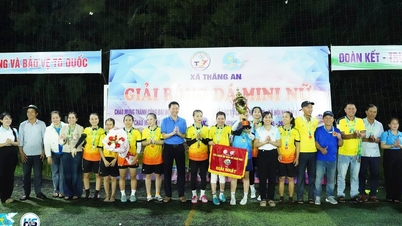
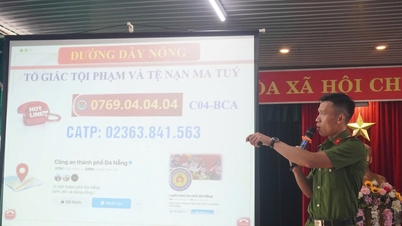
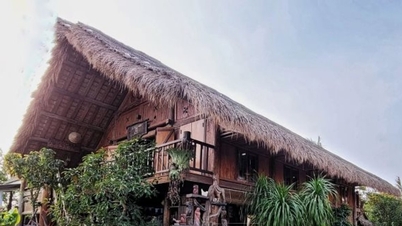

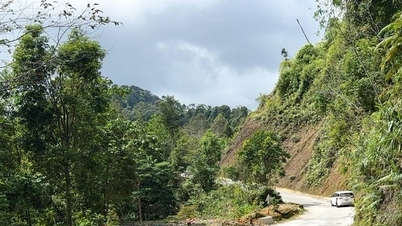
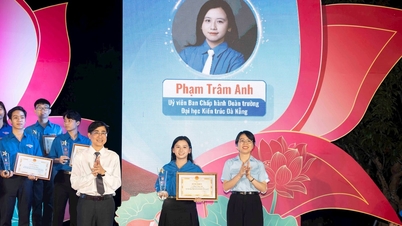
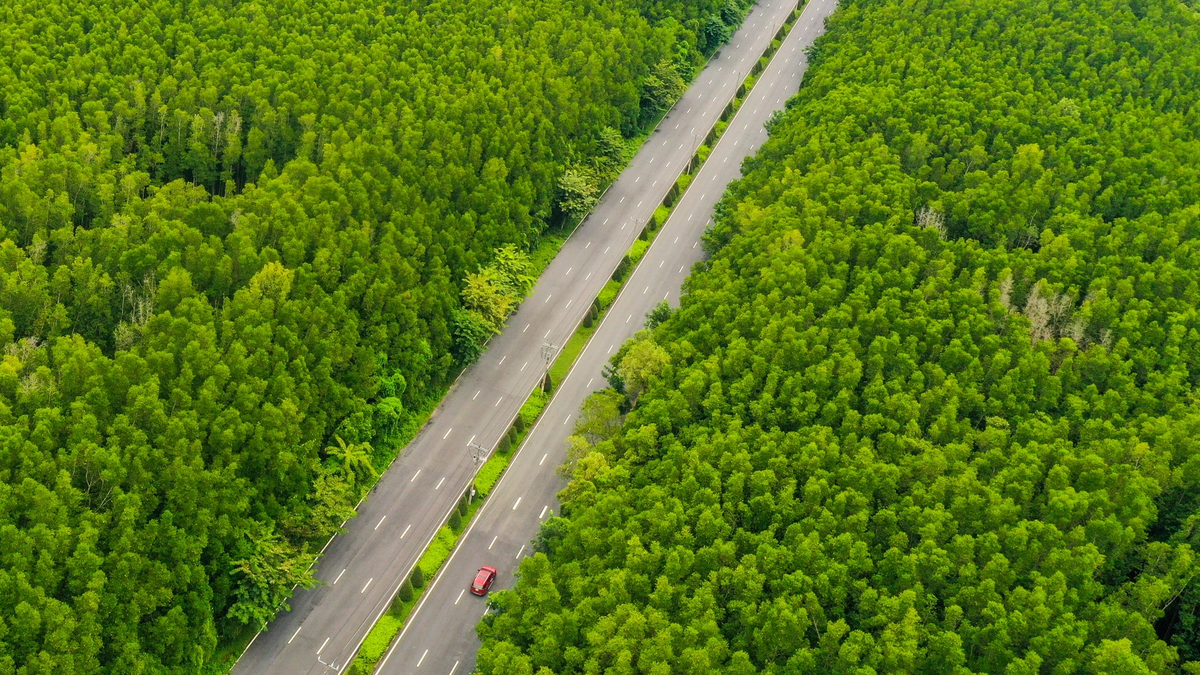
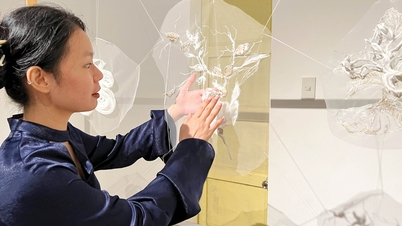

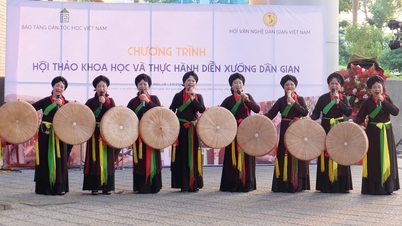



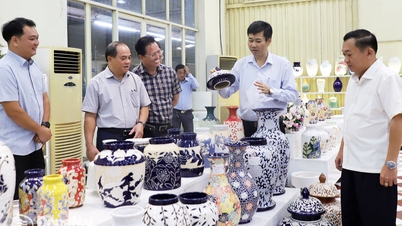







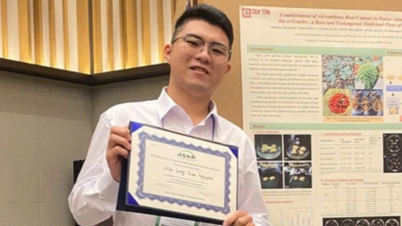

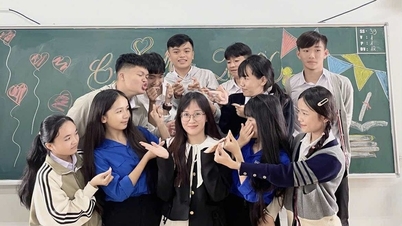

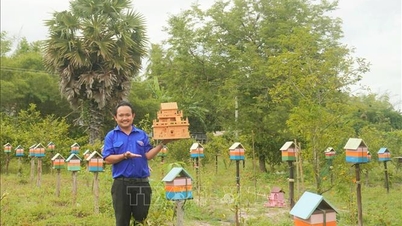




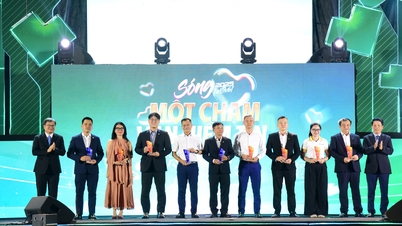














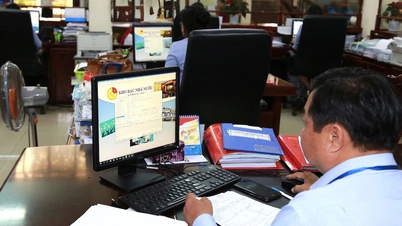



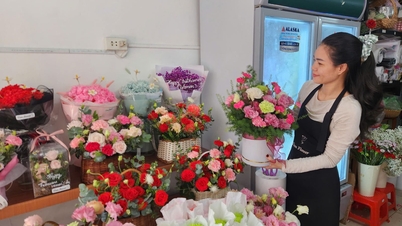

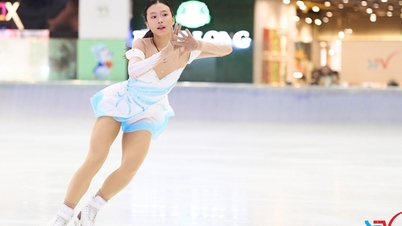



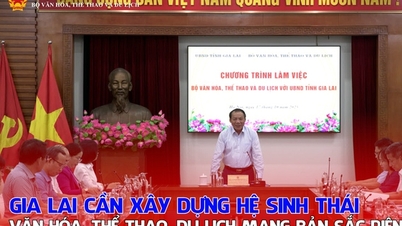
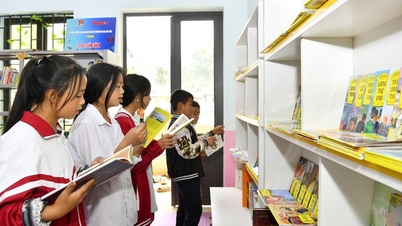

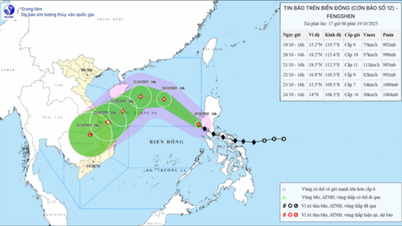


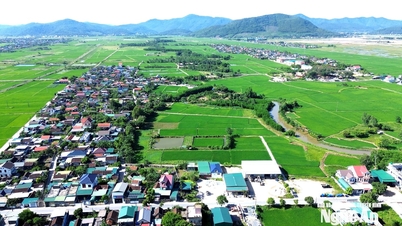
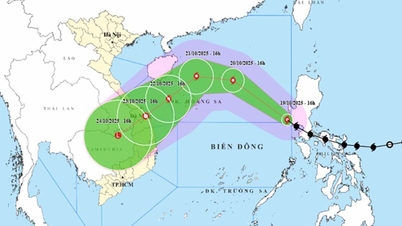

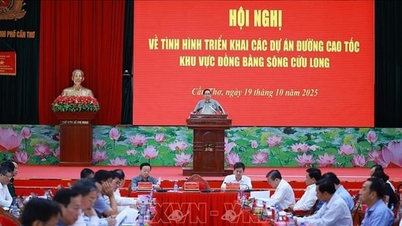











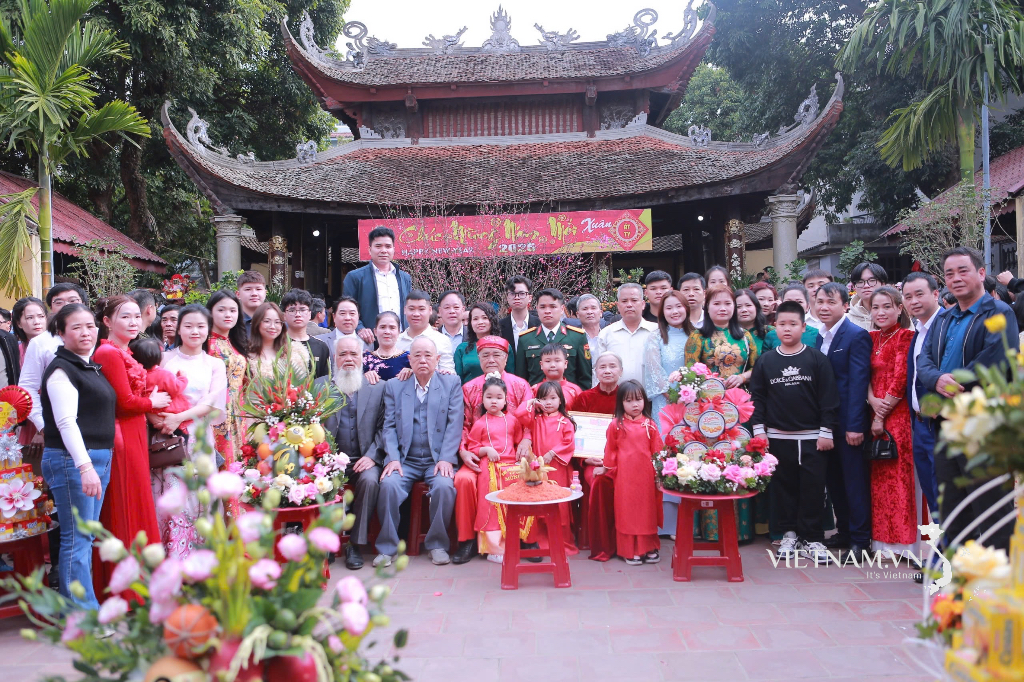

Comment (0)